Faisal Hussain
Towards a Universal Features Set for IoT Botnet Attacks Detection
Dec 01, 2020
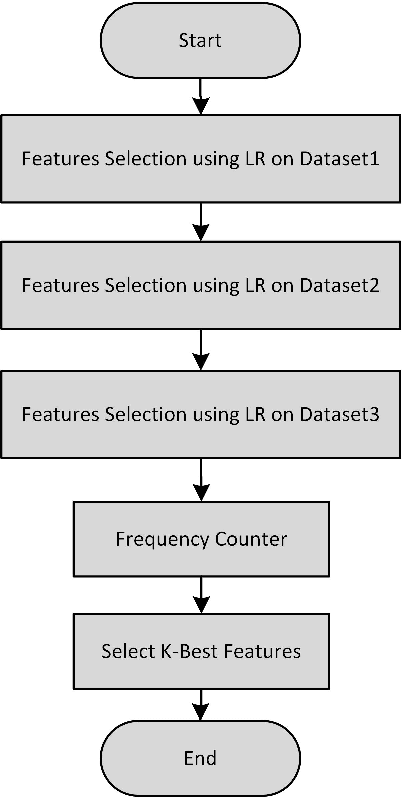


Abstract:The security pitfalls of IoT devices make it easy for the attackers to exploit the IoT devices and make them a part of a botnet. Once hundreds of thousands of IoT devices are compromised and become the part of a botnet, the attackers use this botnet to launch the large and complex distributed denial of service (DDoS) attacks which take down the target websites or services and make them unable to respond the legitimate users. So far, many botnet detection techniques have been proposed but their performance is limited to a specific dataset on which they are trained. This is because the features used to train a machine learning model on one botnet dataset, do not perform well on other datasets due to the diversity of attack patterns. Therefore, in this paper, we propose a universal features set to better detect the botnet attacks regardless of the underlying dataset. The proposed features set manifest preeminent results for detecting the botnet attacks when tested the trained machine learning models over three different botnet attack datasets.
An Efficient Data Imputation Technique for Human Activity Recognition
Jul 08, 2020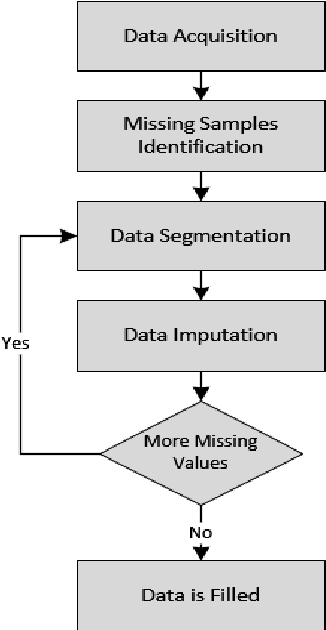

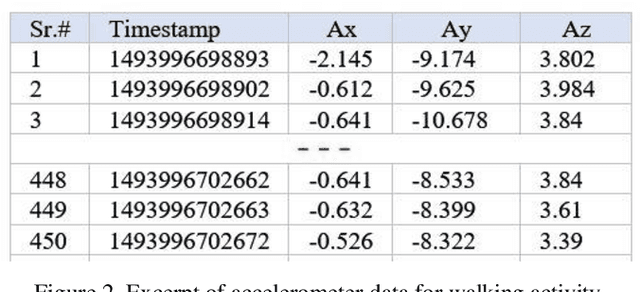
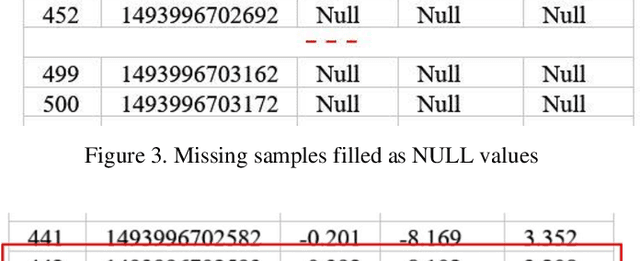
Abstract:The tremendous applications of human activity recognition are surging its span from health monitoring systems to virtual reality applications. Thus, the automatic recognition of daily life activities has become significant for numerous applications. In recent years, many datasets have been proposed to train the machine learning models for efficient monitoring and recognition of human daily living activities. However, the performance of machine learning models in activity recognition is crucially affected when there are incomplete activities in a dataset, i.e., having missing samples in dataset captures. Therefore, in this work, we propose a methodology for extrapolating the missing samples of a dataset to better recognize the human daily living activities. The proposed method efficiently pre-processes the data captures and utilizes the k-Nearest Neighbors (KNN) imputation technique to extrapolate the missing samples in dataset captures. The proposed methodology elegantly extrapolated a similar pattern of activities as they were in the real dataset.
An Efficient Machine Learning-based Elderly Fall Detection Algorithm
Nov 27, 2019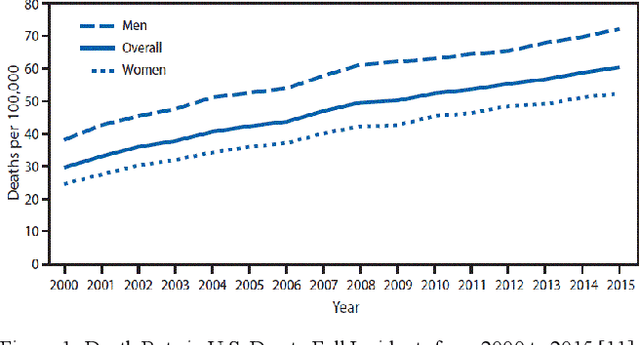
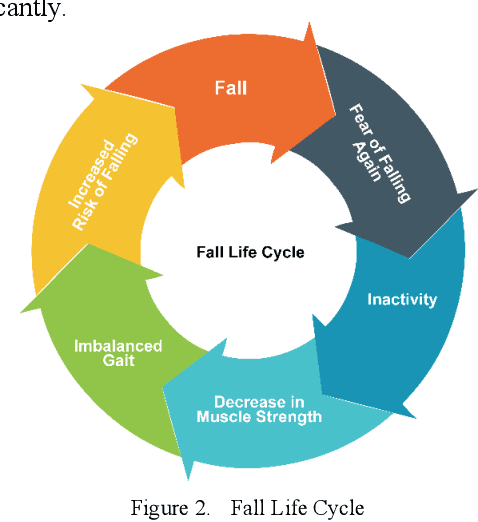
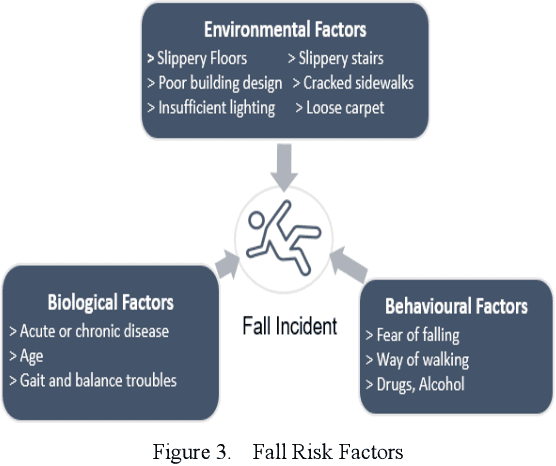
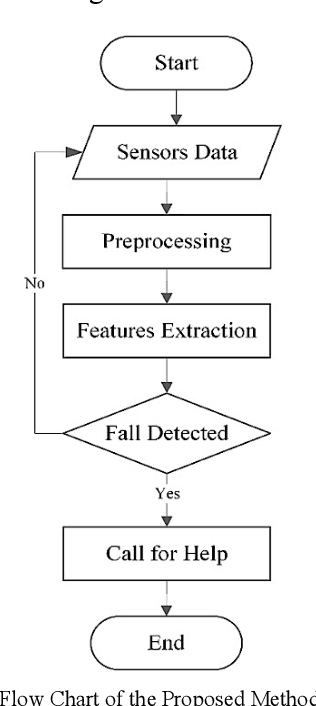
Abstract:Falling is a commonly occurring mishap with elderly people, which may cause serious injuries. Thus, rapid fall detection is very important in order to mitigate the severe effects of fall among the elderly people. Many fall monitoring systems based on the accelerometer have been proposed for the fall detection. However, many of them mistakenly identify the daily life activities as fall or fall as daily life activity. To this aim, an efficient machine learning-based fall detection algorithm has been proposed in this paper. The proposed algorithm detects fall with efficient sensitivity, specificity, and accuracy as compared to the state-of-the-art techniques. A publicly available dataset with a very simple and computationally efficient set of features is used to accurately detect the fall incident. The proposed algorithm reports and accuracy of 99.98% with the Support Vector Machine(SVM) classifier.
 Add to Chrome
Add to Chrome Add to Firefox
Add to Firefox Add to Edge
Add to Edge